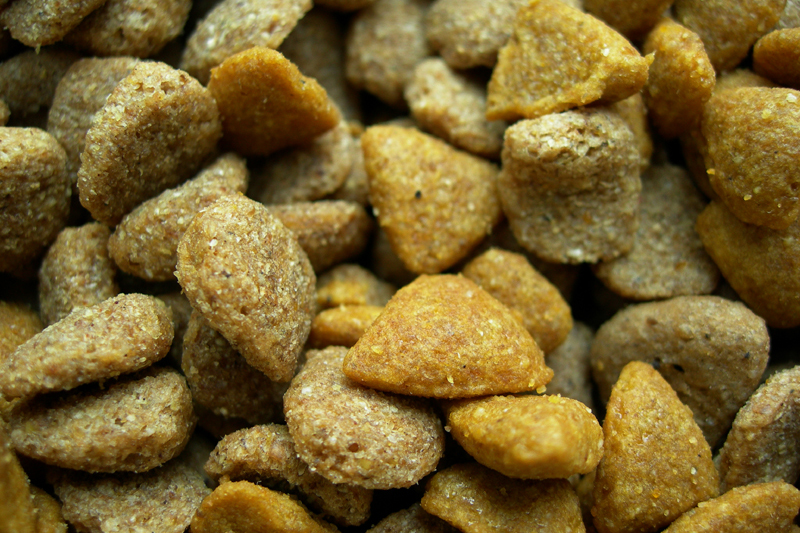Nutriad tests dog food for mycotoxin presence

Animal nutrition company Nutriad has tested several dry dog food samples from Brazil for the presence of a range of different mycotoxins.
The 2016 Nutriad Mycotoxin Survey included 14 commercially available dry pet food (cat and dog) samples bought in Brazil. The 14 dry pet foods of premium and super premium brands were purchased in regular pet shops in Brazil. Around 100 analyses were conducted to test for the presence of the 7 mycotoxins most frequently found in agricultural commodities intended for pet food production. The survey provided an insight into the incidences of aflatoxin B1 (AfB1), ZEN, deoxynivalenol, T-2 toxin, fumonisin B1 (FB1), fumonisin B2 (FB2), and ochratoxin A (OTA) across all regions of Brazil. For the purpose of data analysis, non-detection levels were based on the limits of quantification (LOQ) of the test method for each mycotoxin as follows: AfB1 < 1 μg/kg; ZEN < 20 μg/kg; DON < 200 μg/kg; FB1 < 125 μg/kg; FB2 < 125 μg/kg OTA < 2 μg/kg and T-2 toxin < 100 μg/kg.
FB mycotoxins most found
The results from the survey showed that 93% of the pet food samples were contaminated with FB1 and 85% with FB2. Almost 22% of the samples contained AfB1. Most of the identified mycotoxins were in concentrations regarded as medium (>LOD but below EU recommendation levels) while the highest concentrations of FB1 and FB2 found reached 2831 μg/kg and 2609.8 μg/kg respectively. Interestingly, 42.85% of the samples contained ZEN, a mycotoxin which affects reproductive performance in breeding animals. Its maximum concentration reached 76.5 μg/kg, a level which is not significant. As expected, none of the samples contaminated DON, T-2 toxin and OTA, a known typical storage mycotoxin.
Use of mycotoxin deactivators
The pet food samples from Brazil, which were tested contained mycotoxins. Grains and grain by-products such as maize, maize gluten meal, wheat, soya etc. are the most important sources of mycotoxins in pet food. In addition, vigilance is always advisable as cereals in animal feeds originate from many sources. Results from previous surveys have shown that maize harvested in any year in Brazil is contaminated with medium to high concentrations of fumonisins and aflatoxins. The addition of proven mycotoxin deactivators to pet food is a very common method of preventing mycotoxicosis and is an effective strategy to keep the risk of mycotoxin contamination low under any and all conditions.











